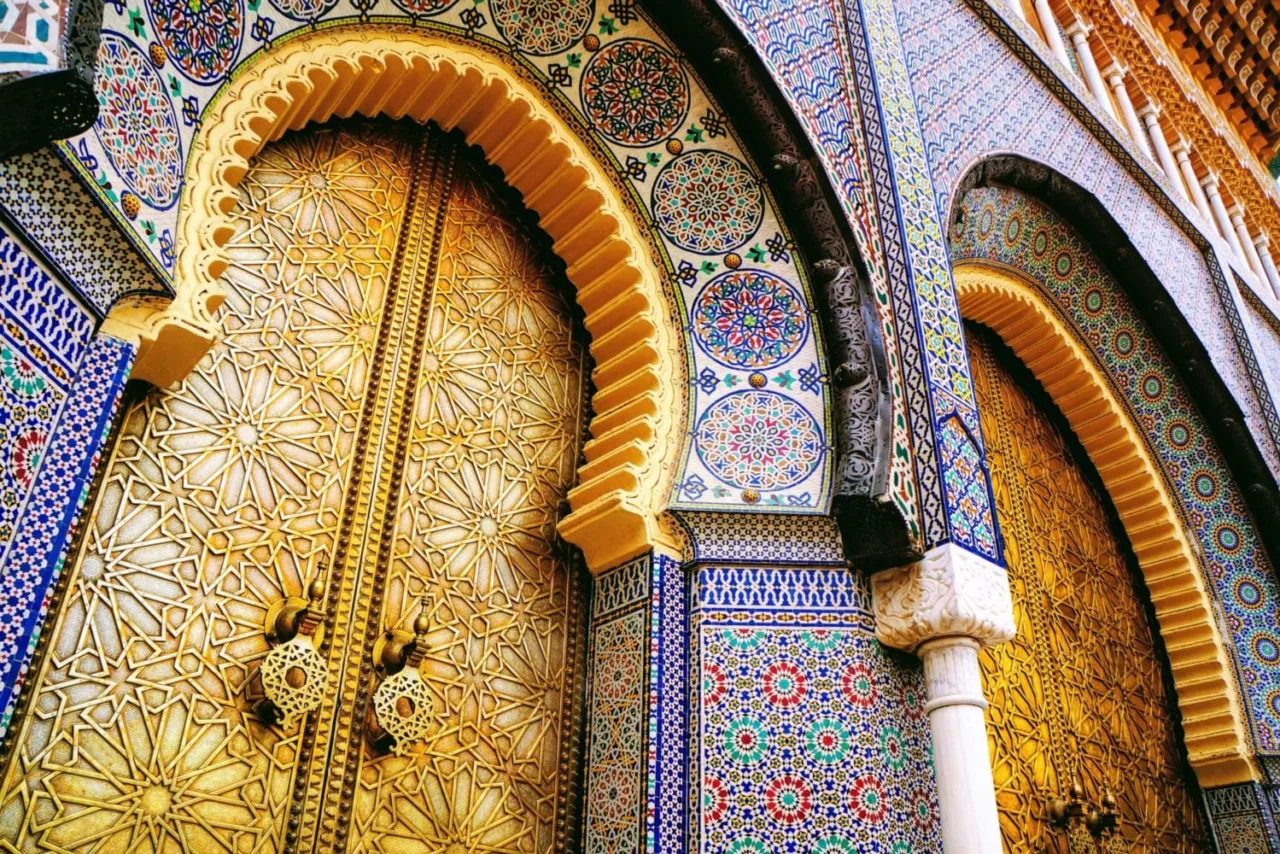
Moroccan Architecture and Scandinavian Design: Exploring Their Intersection for Global Impact
Moroccan architecture, with its rich cultural legacy, has had an indelible mark on modern design trends like Scandinavian. This combination of distinct design styles creates a fresh yet harmonious approach to interiors that marries functionality with intricate beauty. Scandinavian design continues to reign supreme globally so it is important to examine how Moroccan influences have subtly shaped this movement.
Moroccan Design Elements in Scandinavian Interiors
Scandinavian design is known for its clean lines, minimalism, and focus on functionality. But in recent years, elements from Moroccan architecture have begun making an appearance in Scandinavian homes; these influences can range from geometric patterns to vibrant textiles to traditional craftsmanship – all perfectly complementing Nordic’s love for simplicity and nature. Moroccan tile work, intricate arches, and natural materials all blend well together!
One striking example is the incorporation of Moroccan-style tiles into Scandinavian kitchens and bathrooms. These striking, geometric-patterned Moroccan tiles add vibrancy to otherwise minimal spaces by offering bold patterns unique to Moroccan design – bringing dynamic elements that add visual interest.
Natural Materials Have an Important Place in Modern Society
Both Moroccan and Scandinavian designs place immense value on natural materials, although in different ways. Moroccan interiors often incorporate materials like clay, wood and stone for an earthy yet refined aesthetic; Scandinavian design relies heavily on wood for aesthetic purposes as its central focus; these two philosophies come together to place greater importance on eco-friendly materials in homes today.
Wooden beams and raw stone walls, typical in Moroccan architecture, can now be found in Scandinavian-influenced designs. This combination not only adds warmth to minimalist spaces but also heightens tactile quality of interior spaces making them feel more inviting and grounded.
Geometric Patterns in Scandinavian Design: Moroccan Influence
One of the key Moroccan influences on Scandinavian interiors is geometric patterns. While Scandinavian design typically favors simple shapes, adding Moroccan-influenced motifs-such as intricate zellige tiles or hand-painted designs-adds depth and character to typically minimalist Nordic spaces. This juxtaposition between minimalism and bold decorative elements results in an aesthetic that is both modern and timeless.
Scandinavian homes reflect this influence through textiles such as rugs, cushions and curtains. Moroccan rugs with their distinct patterns and textures have become staples in many Scandinavian living rooms, serving as functional art pieces that add texture and add character to an otherwise minimalist decor scheme.
Color Palettes: An Elegant Balance Between Warmth and Neutrality
Moroccan architecture is known for its vibrant color schemes–think deep oranges, vibrant blues and earthy reds–while Scandinavian design tends to favor subdued and neutral palettes of white, gray and black hues. But thanks to Moroccan design’s influence on Scandinavian interiors, colors that were once limited are now being utilized through accent walls, furniture pieces or decor pieces that reflect this richer approach to color palettes from Morocco.
Combining earthy hues with light Scandinavian color schemes creates a truly distinctive mix of vibrancy and tranquility, striking a balance between lively Moroccan colors and serene Scandinavian spaces.
Combining Functionality with Craftsmanship
Scandinavian design is well known for its focus on functionality; every item in a Scandinavian home serves a purpose, and nothing superfluous. Moroccan craftsmanship brings a level of decorative sophistication without compromising functionality; lanterns, handwoven baskets, and intricately carved furniture all bring an artisanal quality that elevates spaces without overwhelming them.
Scandinavian interiors now embrace handcrafted Moroccan pieces as both functional and decorative items that bring culture and tradition into their spaces.
Future Trends in Moroccan-Inspired Scandinavian Design
Moroccan architecture combined with Scandinavian design is an exciting trend in interior design. This combination allows homeowners to experience both styles simultaneously: Moroccan craftsmanship’s elegance and warmth juxtaposed against Scandinavian minimalism’s minimalism and functionality. As these styles continue to interact, we can expect even more innovative spaces reflecting this cultural exchange.
Are you looking to bring Moroccan-inspired Scandinavian design elements into your living space? contact us for carefully curated collection of furniture, decor, and design tips that combine the best elements from each culture into a cohesive living space. Reach out today for personalized assistance in creating the home of your dreams!



Leave a Reply